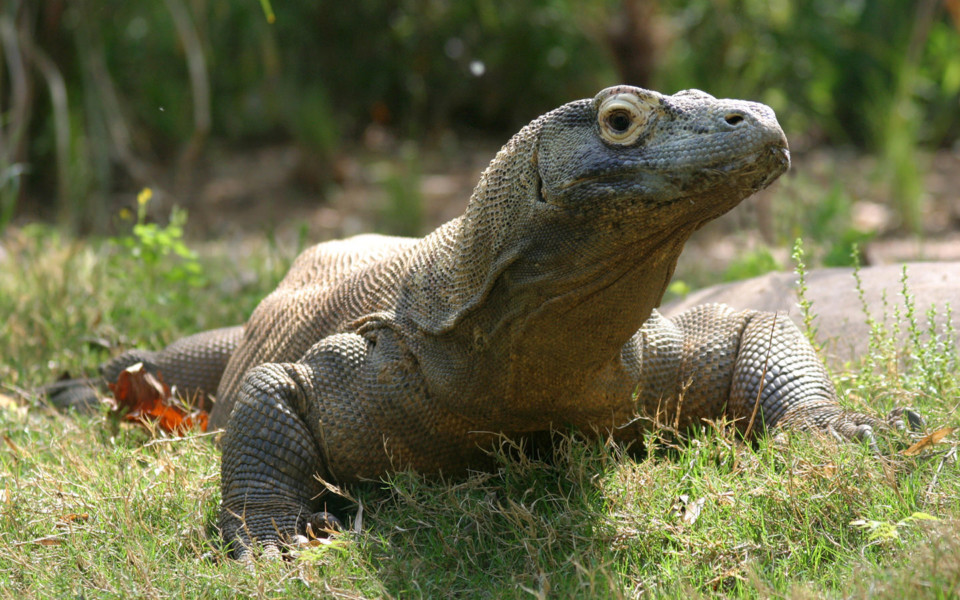Genome Study Reveals Clues to Komodo Dragon’s Unique Abilities
Komodo dragons are the largest lizards on the planet, with some adults measured at more than 350 pounds and longer than 10 feet. They detect their prey, including deer and water buffalo, from miles away with an exquisite sense of smell, and at close range, they race at terrifying speeds. Even a single bite can be enough to seal the prey’s fate, because a dragon’s saliva contains potent anticoagulants: Once the bleeding starts, it doesn’t stop.
But when Komodo dragons bite each other, which they do with some frequency, they do not bleed out the way their prey do. That suggests that at some point, they evolved a resistance to their own anticoagulants.
It’s one example of the odd batch of traits that have fascinated scientists, including Katherine Pollard, an epidemiologist and biostatistician at the University of California, San Francisco, as well as a researcher at the Gladstone Institutes. She wondered what the Komodo dragons’ genome would reveal about their biology and evolution.
In a paper published last week in Nature Ecology and Evolution, she and her colleagues present the lizards’ genome, revealing evidence of a large number of mutations in important Komodo genes. Their analysis offers insights into the dragons’ blood, senses and other unique aspects of their anatomy.


